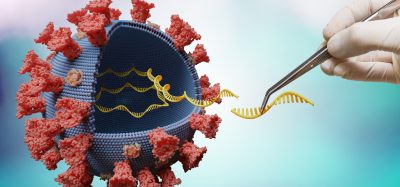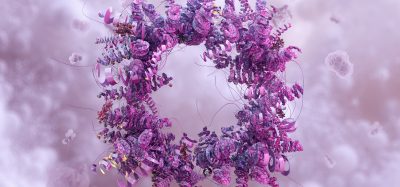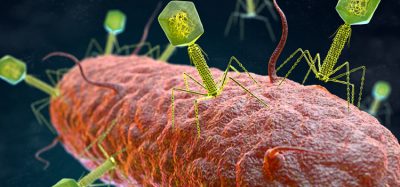Increased pain sensitivity in Neanderthal gene variants
Posted: 12 October 2023 | Drug Target Review | No comments yet
Three gene variants in SCN9A gene, implicated in sensory neurons and inherited from Neanderthals, result in increased pain sensitivity.


Published in Communications Biology, researchers from University College London (UCL), Aix-Marseille University, University of Toulouse, Open University, Fundan University and Oxford University, discovered that people carrying three Neanderthal variants in the SCN9A gene are more sensitive to pain.
The SCN9A gene is implicated in sensory neurons. Previous research has identified three variations in the SCN9A gene, known as M932L, V991L, and D1908G, in sequenced Neanderthal genomes and reports of greater pain sensitivity among humans carrying all three variants. However, before this study the exact sensory responses affected by these variants was unclear.
The international team of scientists measured the pain thresholds of 1,963 people from Colombia in response to a range of stimuli, like skin pricking after prior exposure to mustard oil.
A sodium channel that is expressed at high levels in sensory neurons that detect signals from damaged tissue is encoded by the SCN9A gene. The researchers found that the D1908G variant of the gene was present in around 20 percent of chromosomes within this population and around 30 percent of chromosomes carrying this variant also carried the M932L and V991L variants.
The researchers found that the three variants were associated with a lower pain threshold in response to skin pricking after prior exposure to mustard oil, but not in response to heat or pressure. Also, greater pain sensitivity was associated with having all three variants compared to having only one.
The scientists found by analysing the genomic region including SCN9A using genetic data from 5,971 people from Brazil, Chile, Colombia, Mexico and Peru, that the three Neanderthal variants were more common in populations with higher proportions of Native American ancestry, like the Peruvian population where the average proportion of Native American ancestry was 66 percent. The researchers speculated that higher proportions of Native American ancestry is a result of random chance and population bottlenecks that happened during the first occupation of the Americas.
The researchers suggested that the Neanderthal variants could sensitise sensory neurons by changing the threshold at which a nerve impulse is generated. Further research is required to determine whether carrying these variants and having greater pain sensitivity could have been advantageous during human evolution, as acute pain can moderate behaviour and therefore prevent further injury.
Co-corresponding author Dr Kaustubh Adhikari from UCL Genetics, Evolution & Environment and The Open University did previous research which showed that humans also inherited some genetic material from Neanderthals affecting the shape of our noses.
Dr Adhikari commented: “In the last 15 years, since the Neanderthal genome was first sequenced, we have been learning more and more about what we have inherited from them as a result of interbreeding tens of thousands of years ago.”
He explained: “Pain sensitivity is an important survival trait that enables us to avoid painful things that could cause us serious harm. Our findings suggest that Neanderthals may have been more sensitive to certain types of pain, but further research is needed for us to understand why that is the case, and whether these specific genetic variants were evolutionarily advantageous.”
First author Dr Pierre Faux from Aix-Marseille University and University of Toulouse said: “We have shown how variation in our genetic code can alter how we perceive pain, including genes that modern humans acquired from the Neanderthals. But genes are just one of many factors, including environment, past experience, and psychological factors, which influence pain.”
Related organisations
Aix-Marseille University, Fundan University, Oxford University, University College London (UCL), University of Toulouse








